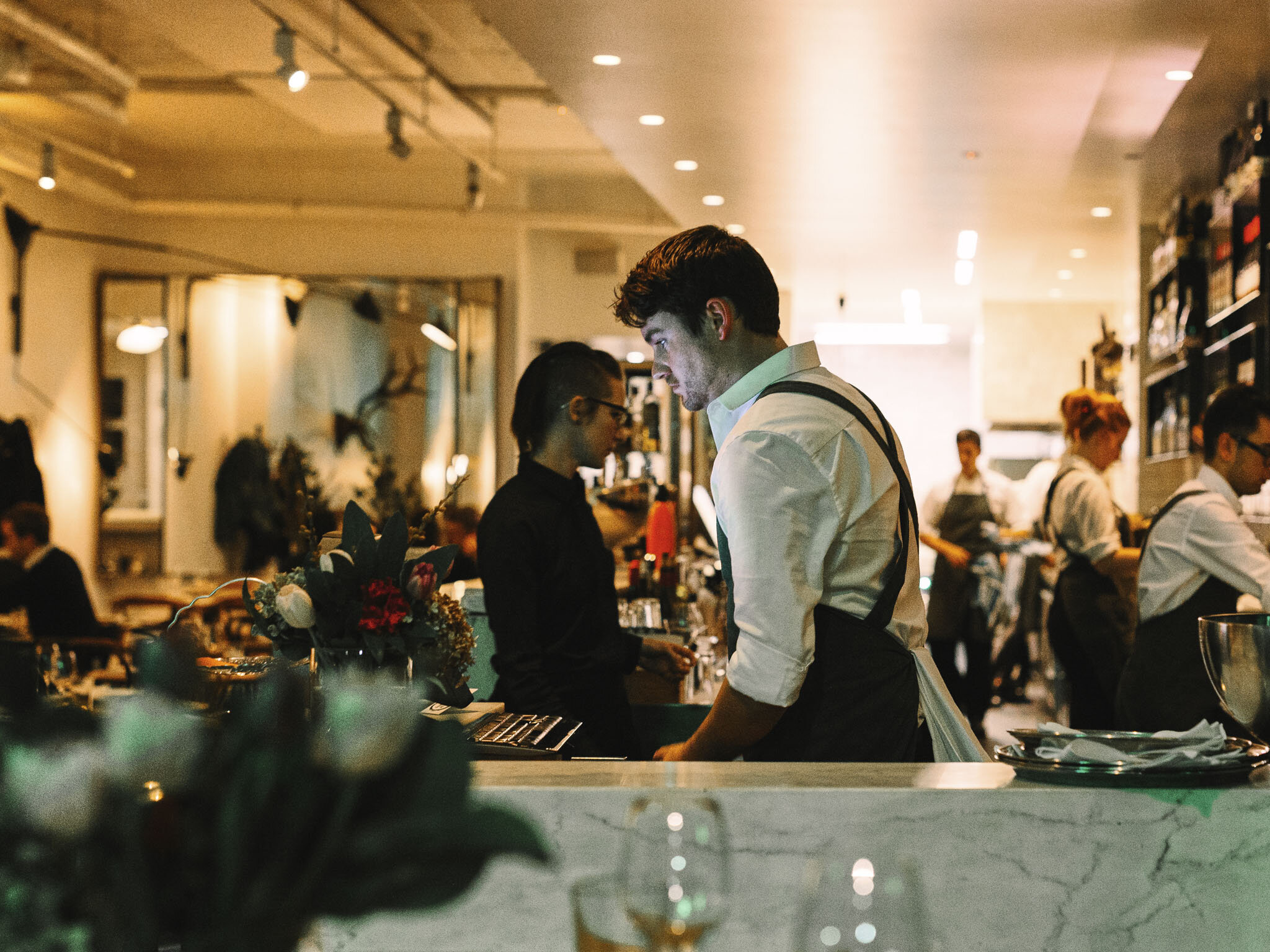
OpenTable
Everybody knows OpenTable. Even our moms. Which is cool, because they never seem to understand what we do. Anyway, when the folks on the restaurant side of the company reached out to us with a tasty, challenging problem to solve, we leapt at the chance. Basically, they were the first-mover in the market with the biggest customer base and the largest network of diners, but they weren’t sure how to convince new and existing customers to try their brand new, cloud-based product. While many OpenTable employees came from the restaurant industry, there wasn’t a deep cultural understanding of what their customers really valued. And having spent the past 18 years adding innumerable features, OpenTable had kind of lost sight of how big the idea of hospitality actually is in the industry. And that was causing them to miss a slew of great product and marketing opportunities. So, we brought the customer’s voice back inside the company, holding a series of workshops and office hours (more on that later), and producing some authentic, documentary-style videos to realign the team around what they always sensed was their true mission: helping restaurants create memorable moments for diners.
Tall order, up!
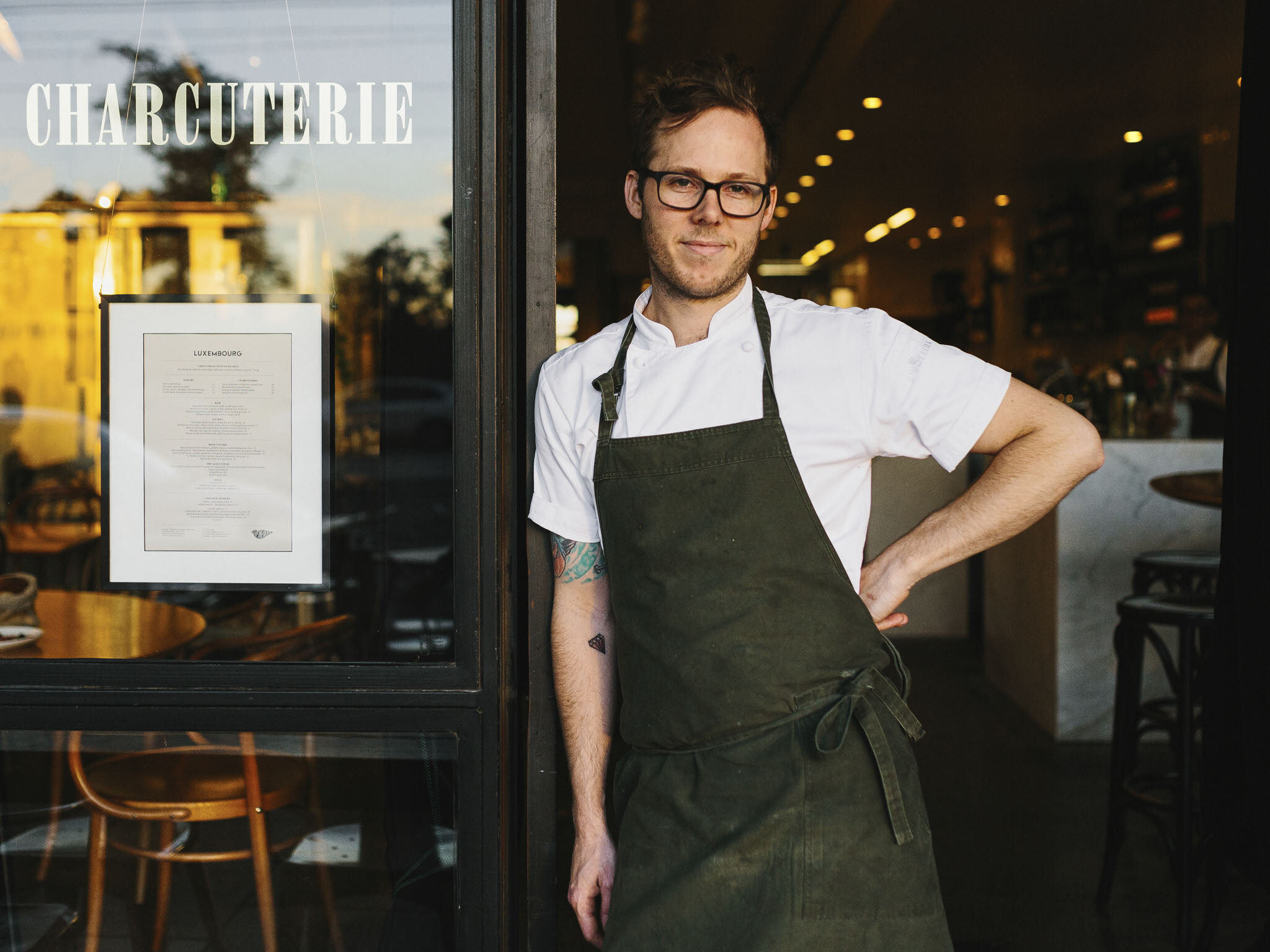
The Problem
—
Getting to the top is hard, staying there is even harder.
OpenTable is far and away the most dominant player in the online reservations space. They’d been first-to-market with a hardware and software solution that could replace the traditional reservations book. And after spending 18 years innovating incrementally, their offering on the restaurant side was starting to feel a bit tired, overpriced (even though their fee structure hadn’t gone up in nearly two decades), and not particularly in tune with the evolving needs of restaurateurs—even though the network of diners using OpenTable to book reservations had grown to 23+ million people a month. Having defined the category and built the business around a leased hardware solution (basically outdated terminals), the company was trying to pivot to a cloud-based solution redesigned from the ground up to deliver greater mobility, actionable insights, and a simpler UX. With a whole host of nimble competitors—from Resy and Reserve to Yelp—nipping at their heels and stealing away frustrated customers, it was time to pause, do some digging, and figure out to promise (and deliver) real value again.


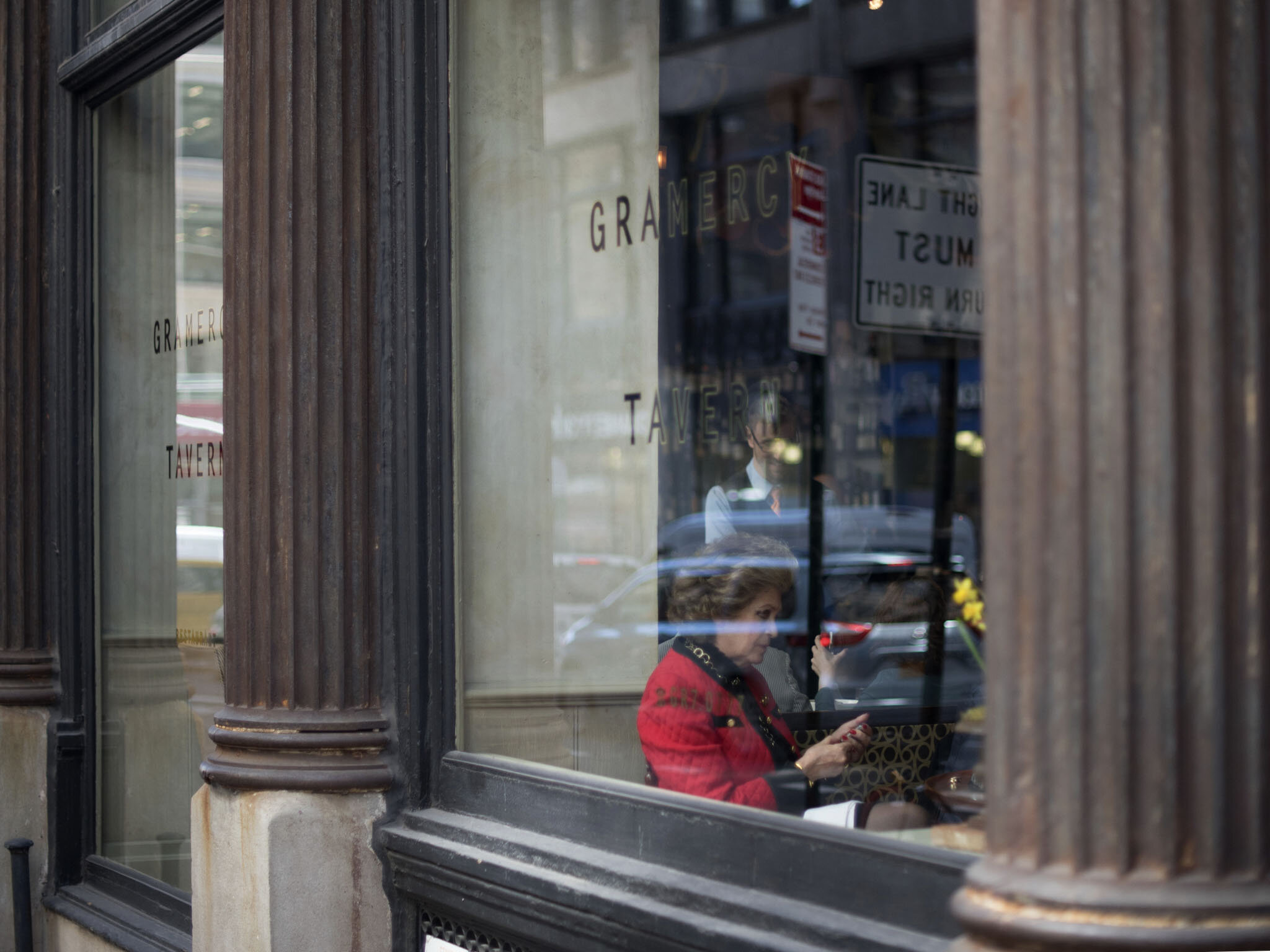
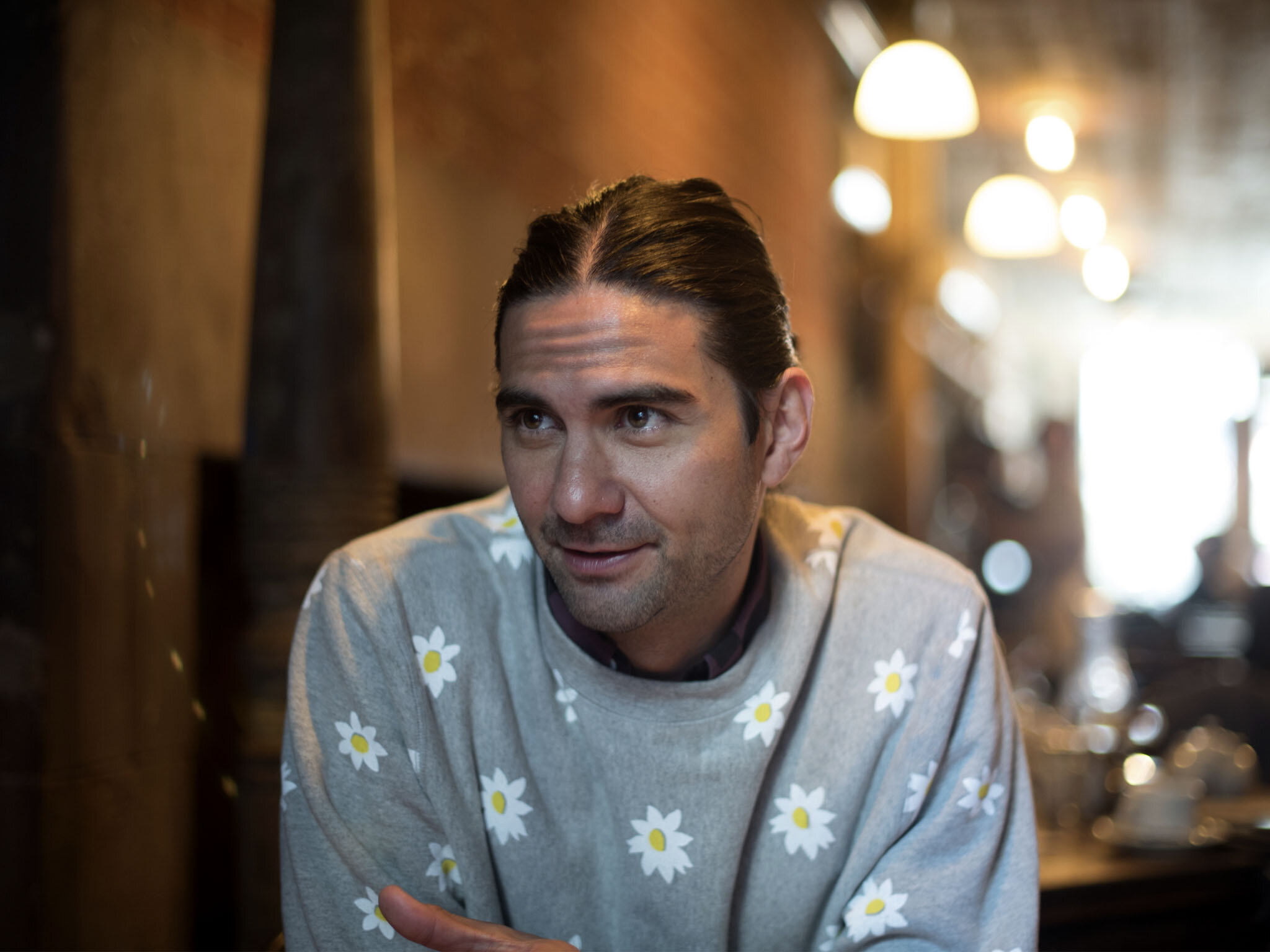
The Research
—
Help us get back in touch with what made us great to begin with–knowing our customers and serving their needs.
We kicked off our engagement by getting to know people within the company—across the entire organization, from Sales and Marketing to Product, Engineering, Support, and Brand. Not surprisingly, everyone knew there were some big issues that needed fixing. There was a clear sense internally that OpenTable was seen as the most complete, but also most expensive and (possibly) least innovative player in a market full of upstart rivals. Management copped to having built an untidy product line that had grown in an ad-hoc fashion over nearly two decades. And the Product team was antsy about having a large cohort up and running on a legacy product that was about to go bye-bye. Sales was looking for an edge to differentiate themselves from growing competition. And there was increasing pressure to scale the business globally. Change was always afoot, but also fleeting. And, even though no one saw their dominant position going away anytime soon, everyone seemed to be struggling to identify a compelling, credible, new promise that they could hang their hat on.
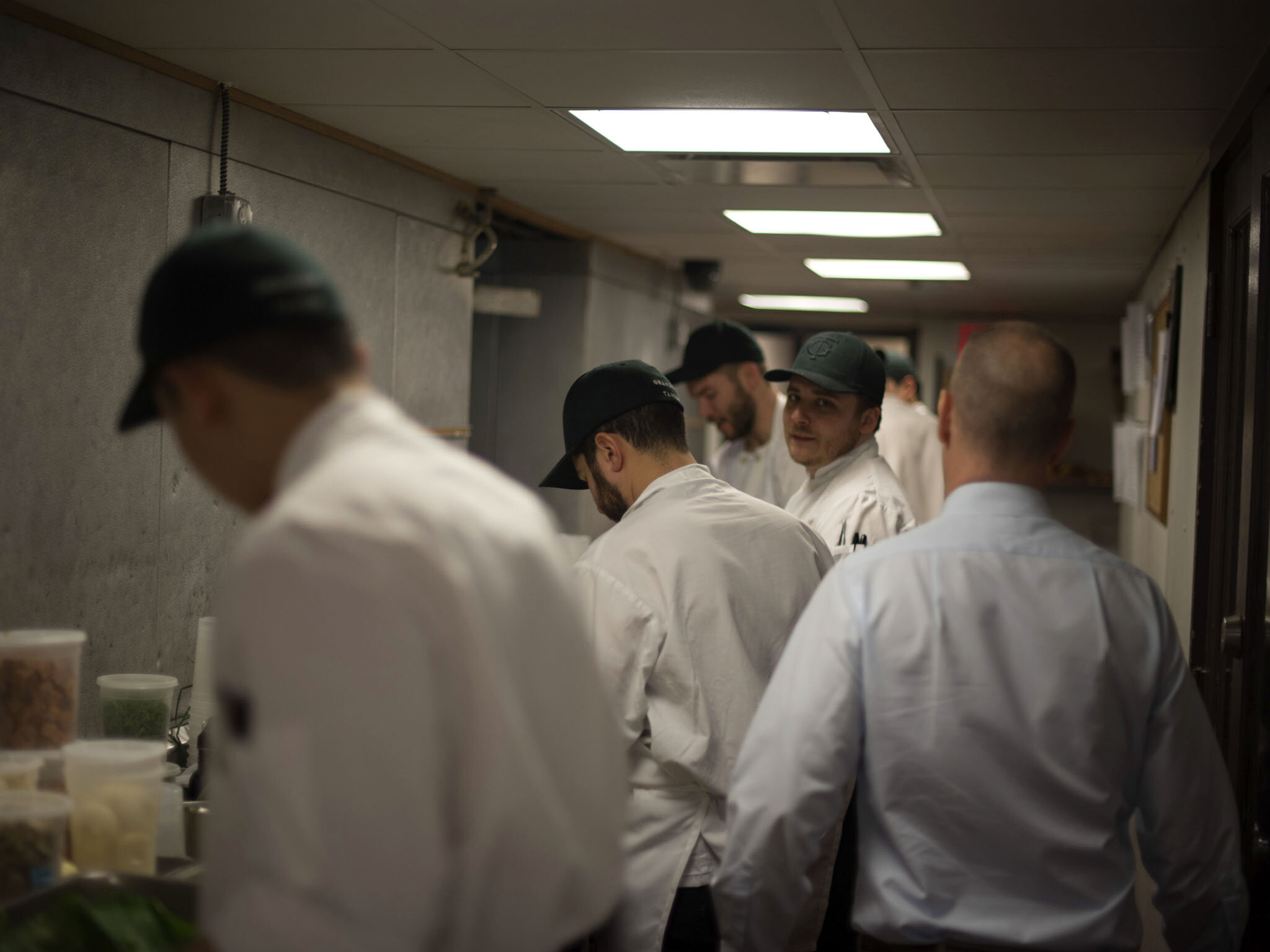
Which pretty much bore out when we went out and talked to restaurateurs around the country. To a person, everyone agreed that OpenTable works. It feels expensive, but it delivers real value—mostly because having tens of millions of people walking around with your restaurant in their pocket is too tantalizing to resist. That’s how people are making reservations nowadays, right? But here’s the thing: no one we talked to really felt like OpenTable ‘got’ them. They didn’t feel like the folks at HQ understood the challenges of running a restaurant in today’s environment.
Complicating matters further was the fact that restaurants are maddeningly hard to segment. There are fast food, fast casual, fine casual, casual chains, fine groups, and every other combination and dining innovation that might give someone an edge. How could any one product appeal to such a wide range of needs?

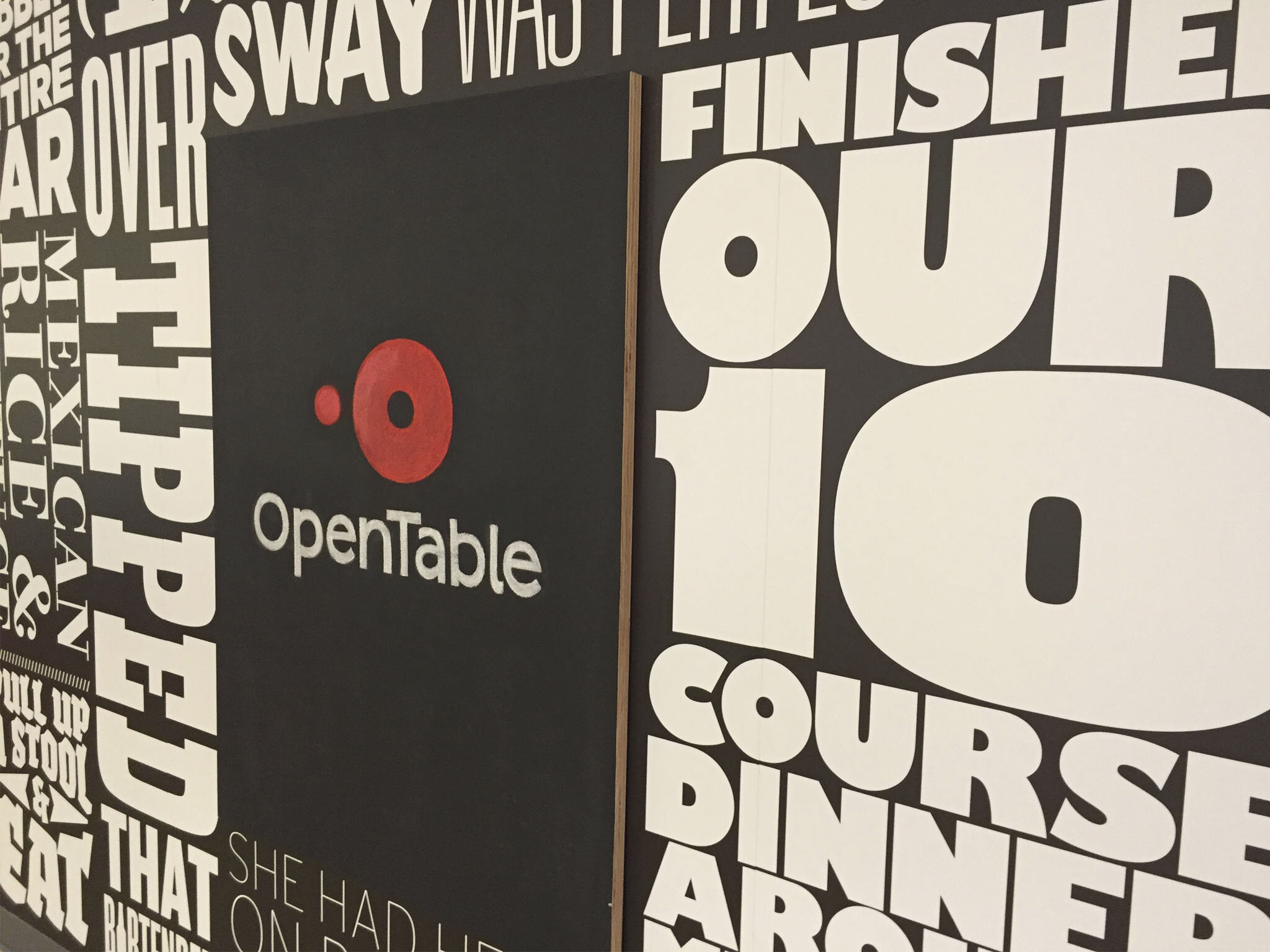
The Insight
—
Would you like sparkling or still?
It didn’t dawn on us until we were about halfway through our discovery interviews—somewhere in Denver (which, BTW, is an insane foodie mecca all of a sudden)—that this gig wasn’t going to be like any other one we’d ever done. Normally, the people we interview out in the world start off seeming a bit put out by having to take time out of their busy schedules to talk to stupid old us. But here, things were different. Every time we sat down, the first question that came our way was: ‘Would you guys like some water? Sparkling or still?’ Seriously. Every single time. Which makes sense, in retrospect. These people are hardwired to serve. They were there to take care, to comfort, to look after the needs of others—to be hospitable.
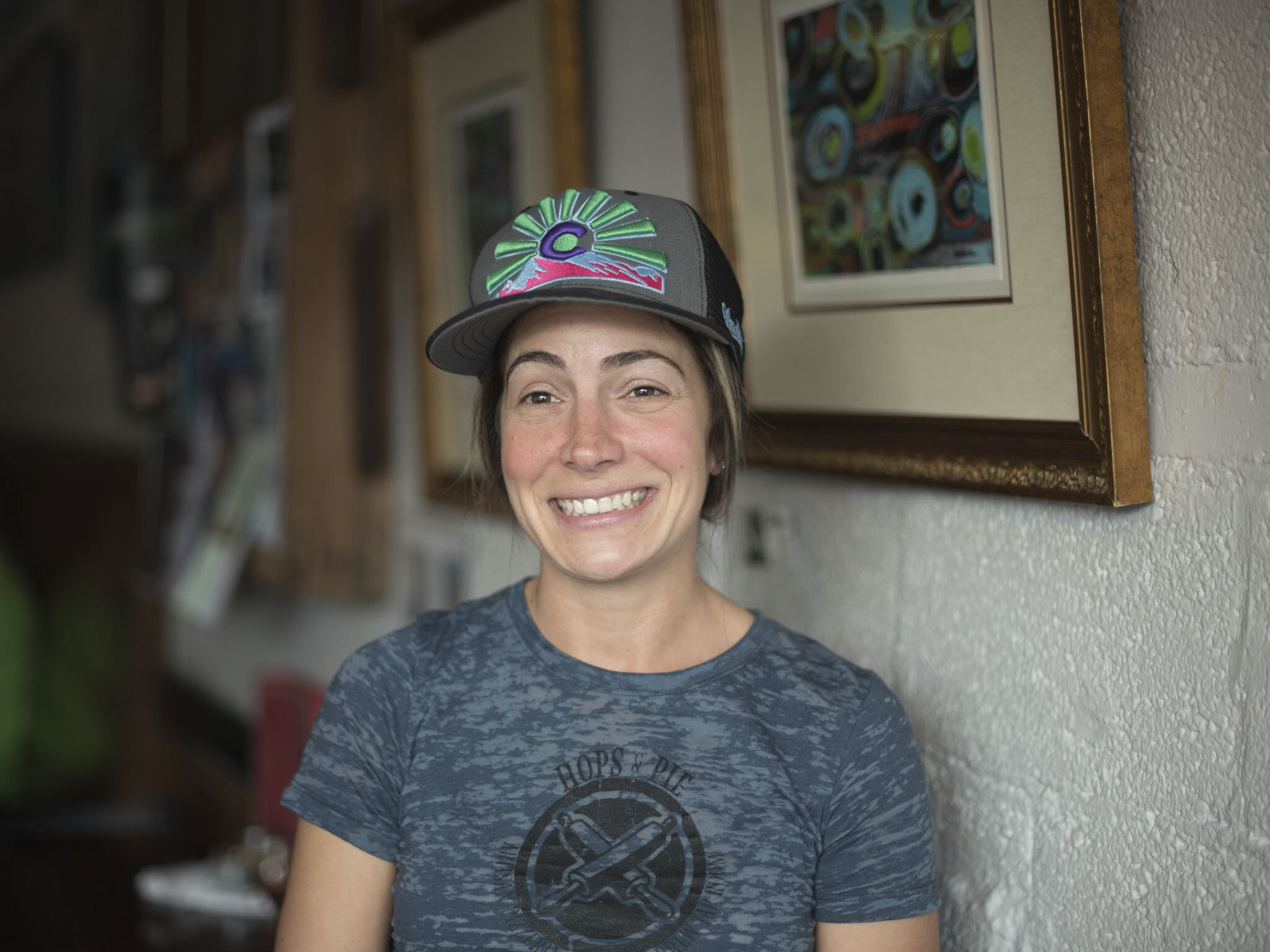



There is definitely a “tribe” of restaurant people. Everyone knows everyone. People jump from resto to resto. And they just didn’t feel like OpenTable was in the tribe. More than anything else, restaurant folk live and breathe hospitality. For them, the sometimes soul-crushing, inevitably low-margin grind of running a restaurant was worthwhile solely because of those little moments of delight—those eye-poppingly beautiful, delicious experiences only they could create. And, to them, OpenTable just didn’t seem to be cut from the same cloth. They seemed like a big tech company that just happened to be in the hospitality industry. But they weren’t happy about it. They wanted OpenTable to treat them like they treat their customers. They wanted to be served, to be heard, to feel like OpenTable had their back. Funny thing, that’s exactly what OpenTable wanted, too. It’s why they were cooking up GuestCenter. It’s why they hired us. It’s why they were so hungry to get to know their customers better.


Bottom line, the restaurateurs we talked to didn’t feel like OpenTable saw the world with the same service-oriented eyes they did. The product was basically a good fit, but the attitude, over the years (especially at the top of the company) felt off. And in a world where relationships really matter, some serious counseling was in order. Because the growing rift was leading to all sorts of (negative) magical thinking. Long-time customers were starting to convince themselves that if they just turned off OpenTable, nothing bad would happen. People would keep coming. Things would be fine. Right?
Not so great a mindset to let fester, especially with competitors knocking at the door. Time to square up some tension and kickstart the sort of hospitality-driven innovation that OpenTable was great at, back in the day.
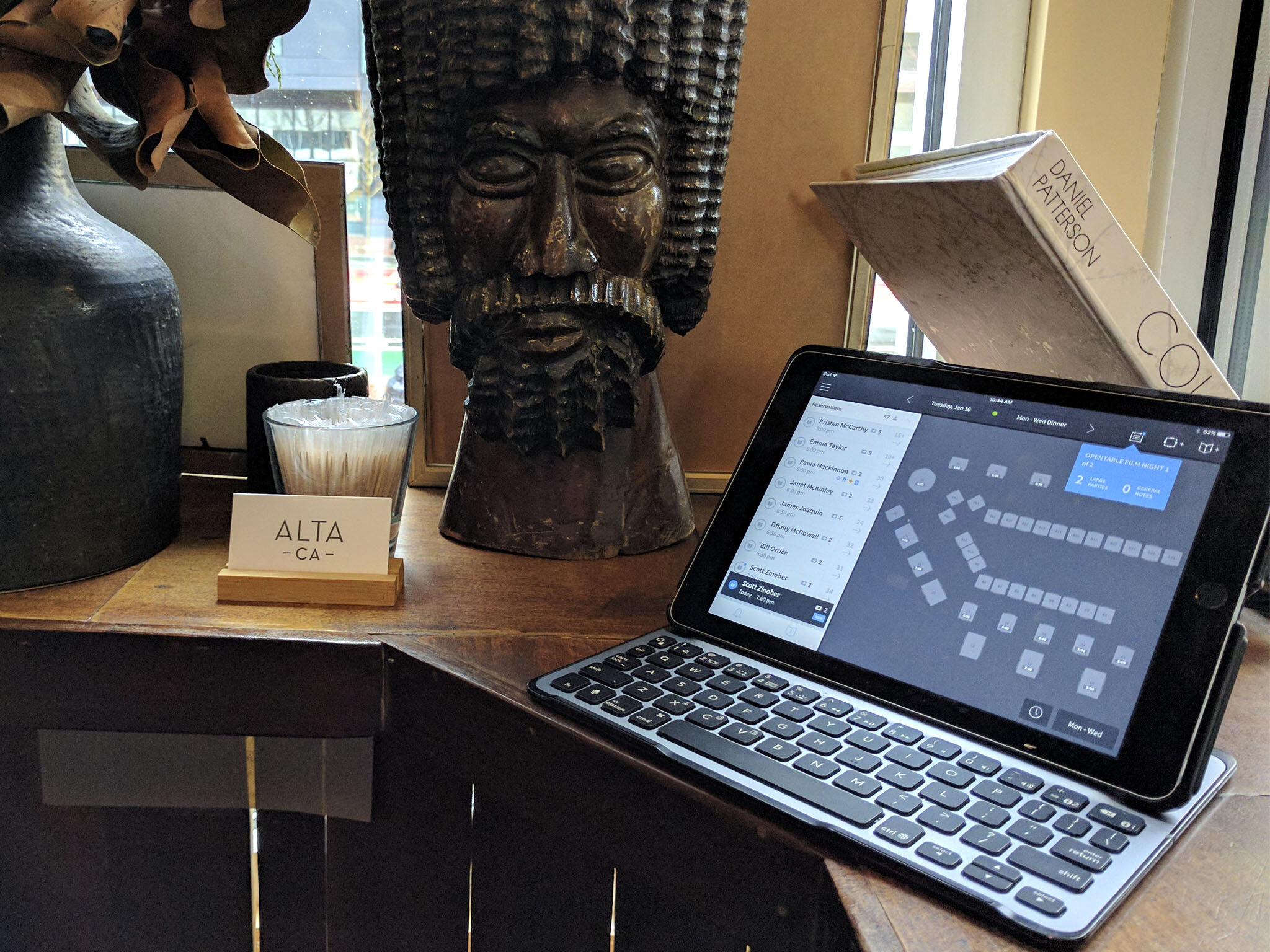
The Answer
—
Practicing hospitality.
Like any chef, maitre-d’, general manager, or hostess will tell you, you can’t really fake this stuff. Running a restaurant is like putting on a show. It’s like theatre, like dance. You need to make the near impossible seem effortless. Every little moment needs to be considered, choreographed—even or especially when it’s scorchingly, blisteringly difficult to pull off. And when you’re part of that world, that mindset, everyone you deal with holds you to a higher standard. And that that’s where OpenTable had been falling down. Sure, they’d built this amazing crew of Restaurant Relations people who would go over and above for their customers. But that same work ethic, that same relentless focus on hospitality, wasn’t really coming through—even though it was actually pretty deeply ingrained in the field and at HQ. That’s where we focused our efforts during our first off-site workshops with folks from across the company.
OpenTable needed to operationalize their approach to hospitality. They needed to relearn how to treat their customers like their customers treat their diners. And we helped them begin to figure out what that would take from the Product, Engineering, Sales, and Marketing teams. What would it look like if the entire company hit the reset button and started thinking differently about how they go about their day-to-day?
“To entertain a guest is to be answerable for their happiness so long as they are beneath your roof.”
Anthelme Brillat-Savarin, 1825
Leaning into this notion of taking responsibility for the wellbeing of your guests, your customers, we worked with folks on the inside to develop a pithy, memorable set of five simple commandments—from ‘Know thy customer and anticipate their needs’ to ‘Empower thy customer and give them control’—that could help shape decision making across the entire organization. Over the course of two day-long workshops, we formalized a methodology for making good on big promises (about the power of the network to enhance hospitality, operations and marketing) in tangible, meaningful ways. Discussing, formulating, and agreeing upon these simple yet profound principles aligned this group of influential managers—giving them purpose, energy, and permission to start making meaningful change.
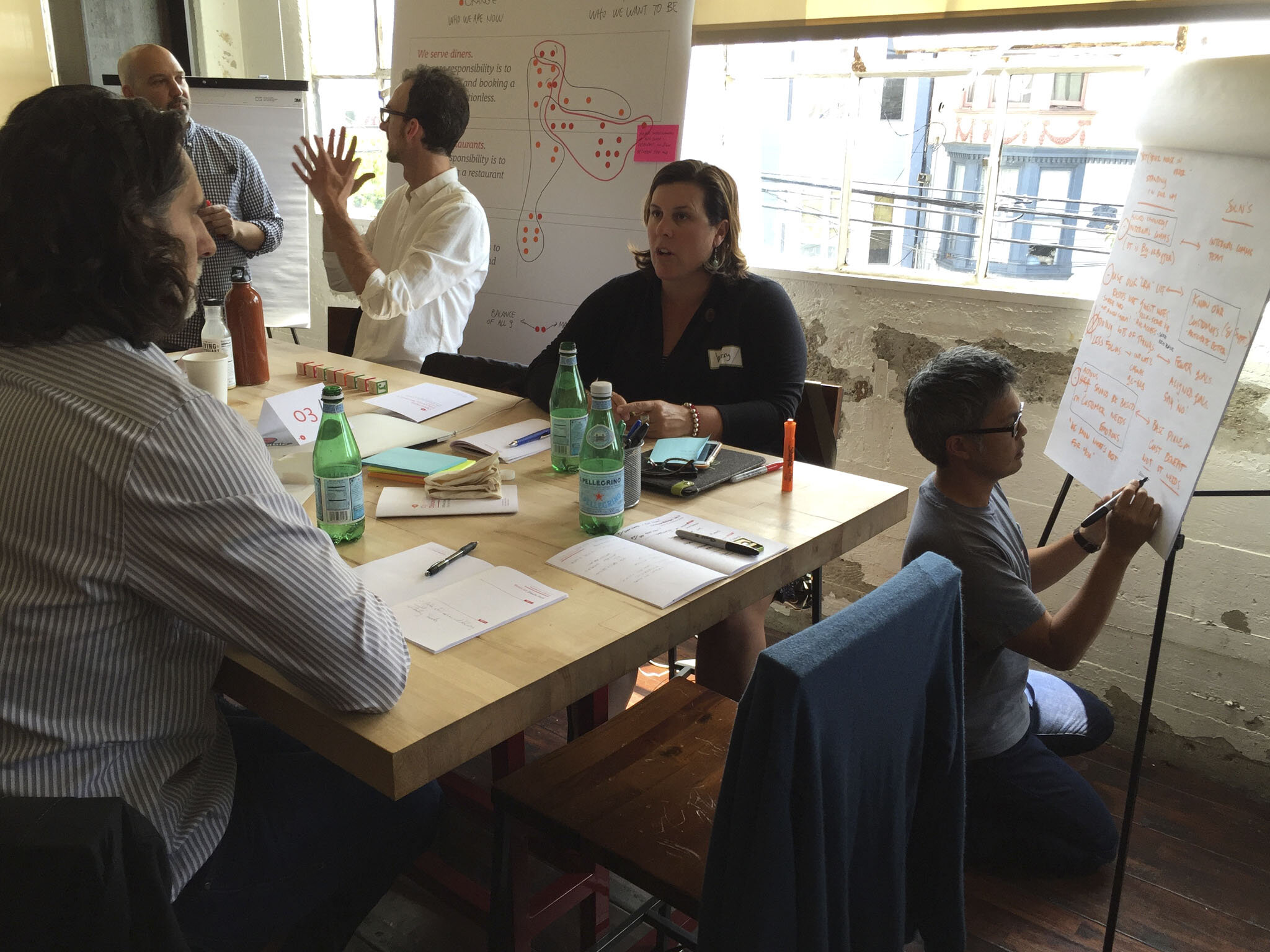
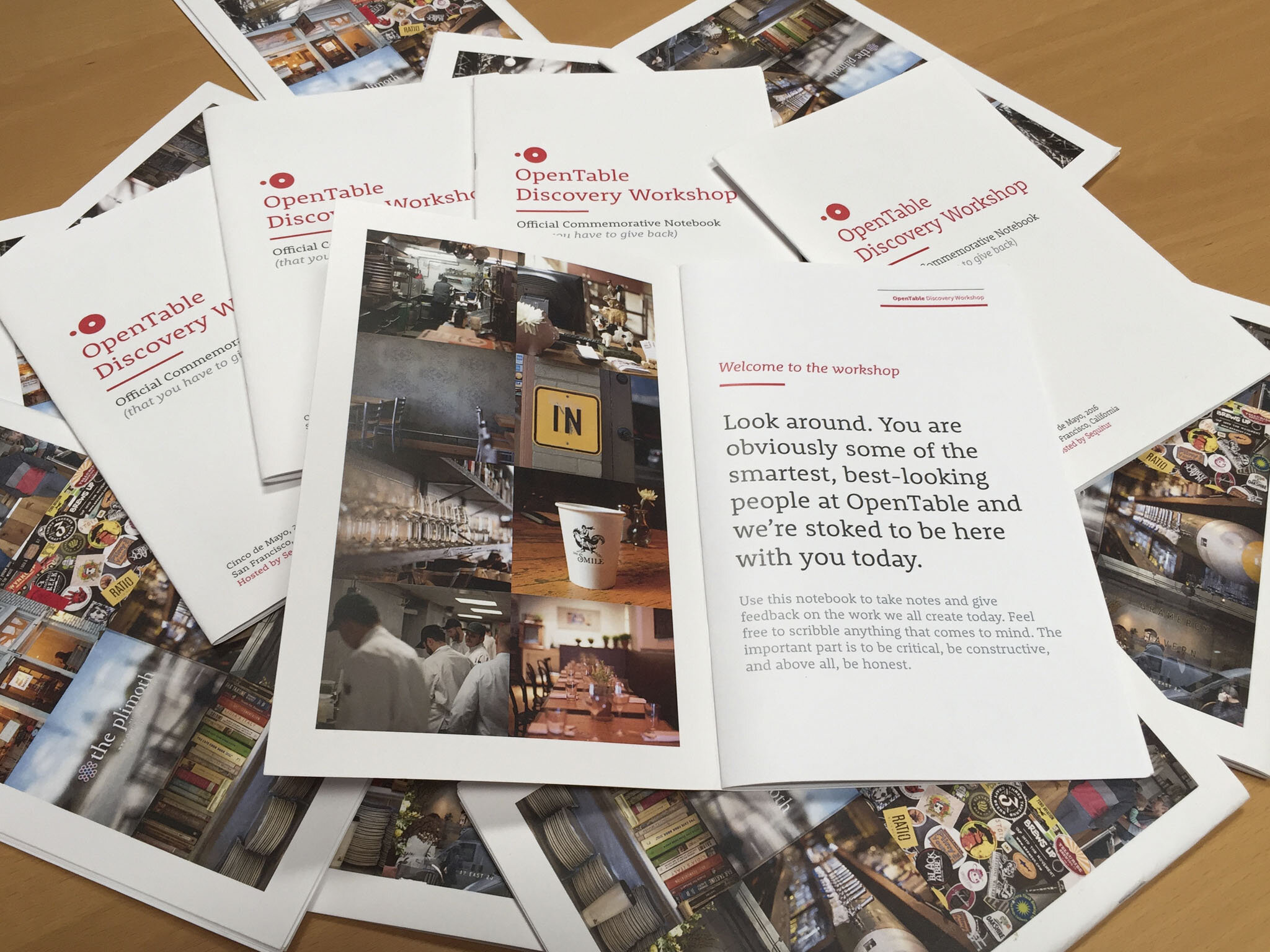
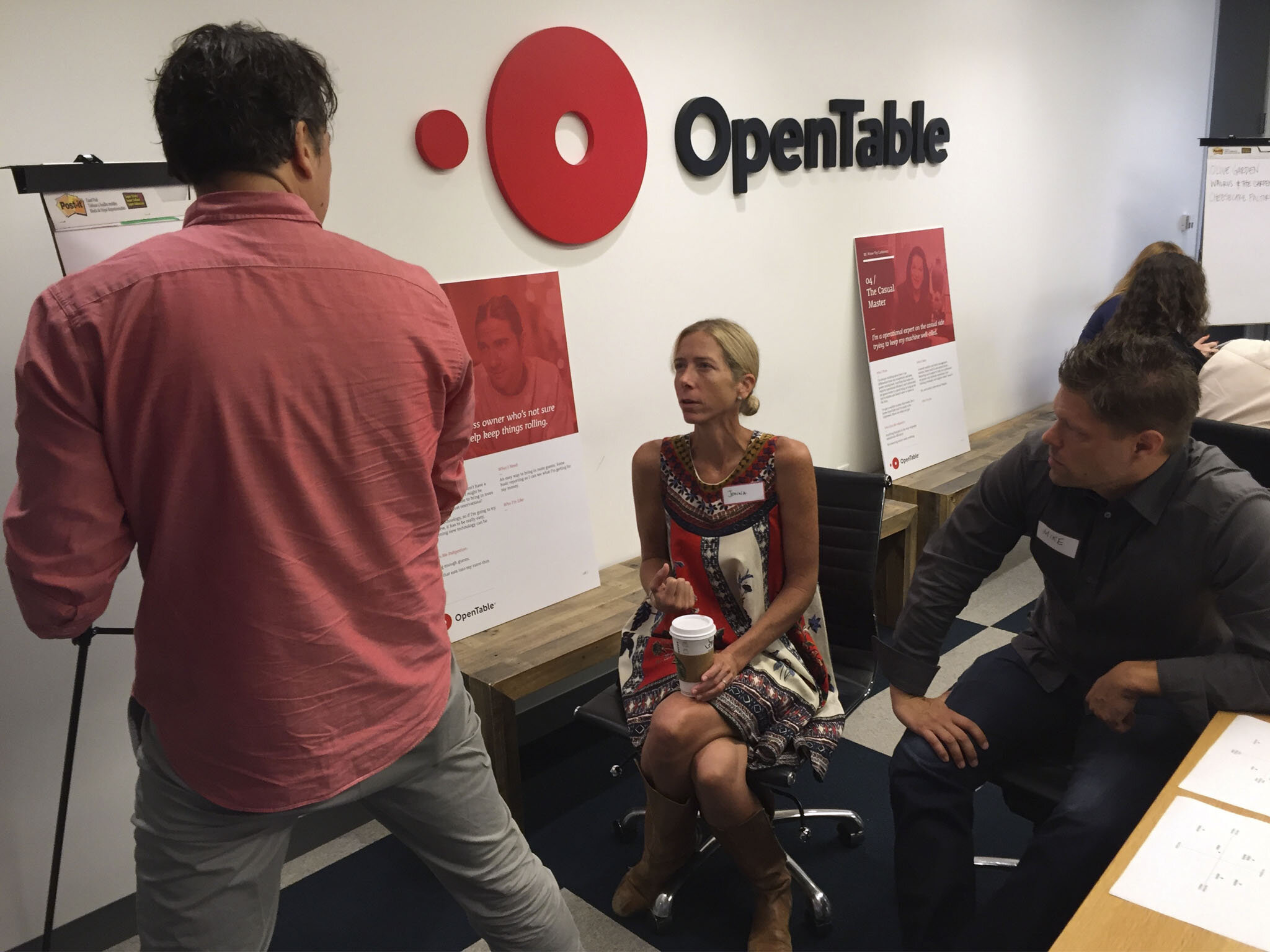

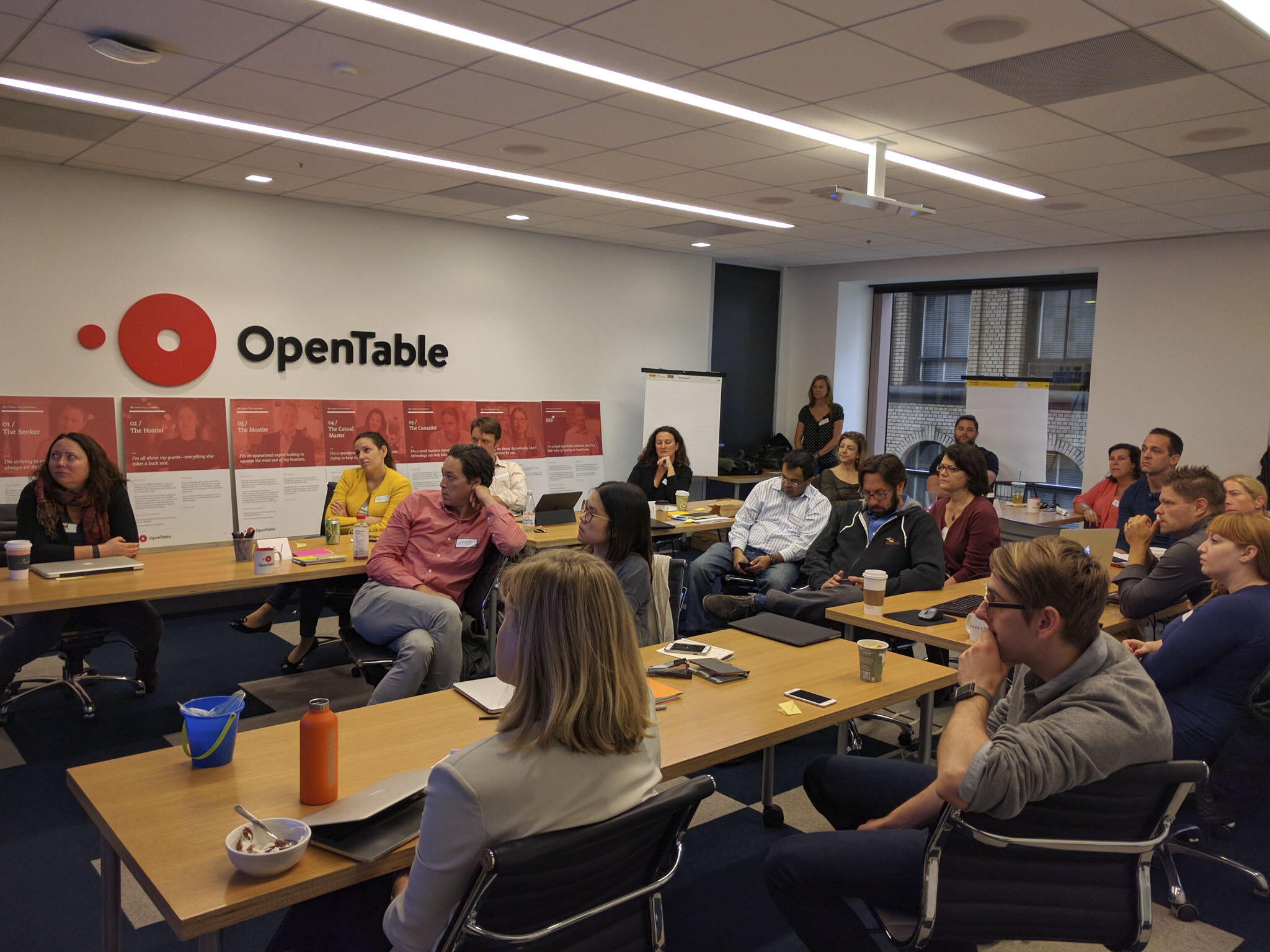
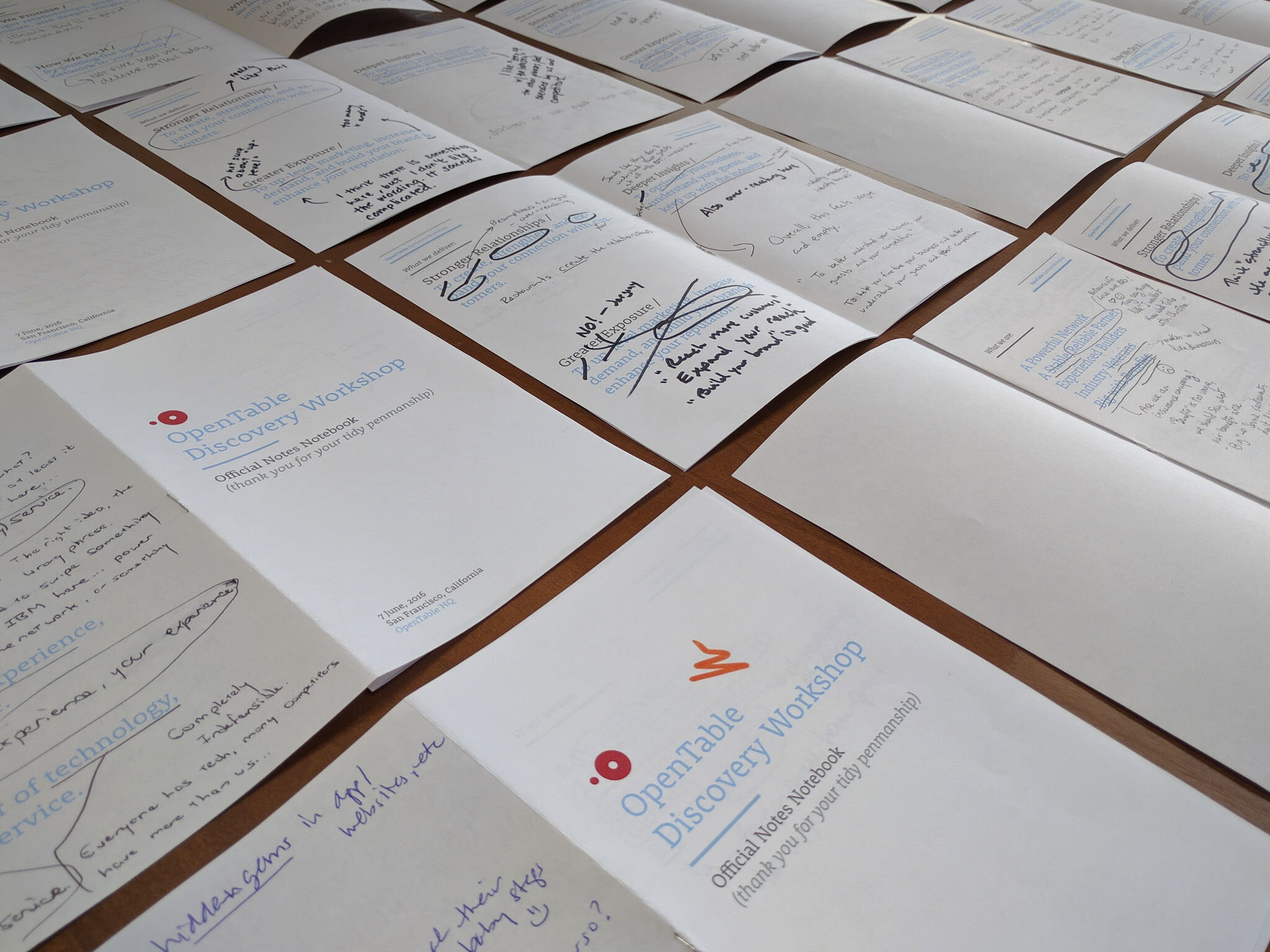
Then, we shifted gears to segmentation—something everyone within the company told us would never, ever be possible. For some reason, the prevailing notion in the halls of OpenTable was that every restaurant was a completely unique, wholly distinct snowflake. Their needs, their goals, their ways of looking at the world were all wildly different. Which, in some ways, of course, is true. But when we started parsing through the hardcore quant work that had started the quarter before we were hired, we realized that (regardless the size of the restaurant, the focus of the cuisine, the concept, the menu, or the particulars of the scene in which the restaurant operated) the basic, fundamental emotional drivers of the decision makers within the restaurant were easily categorized.
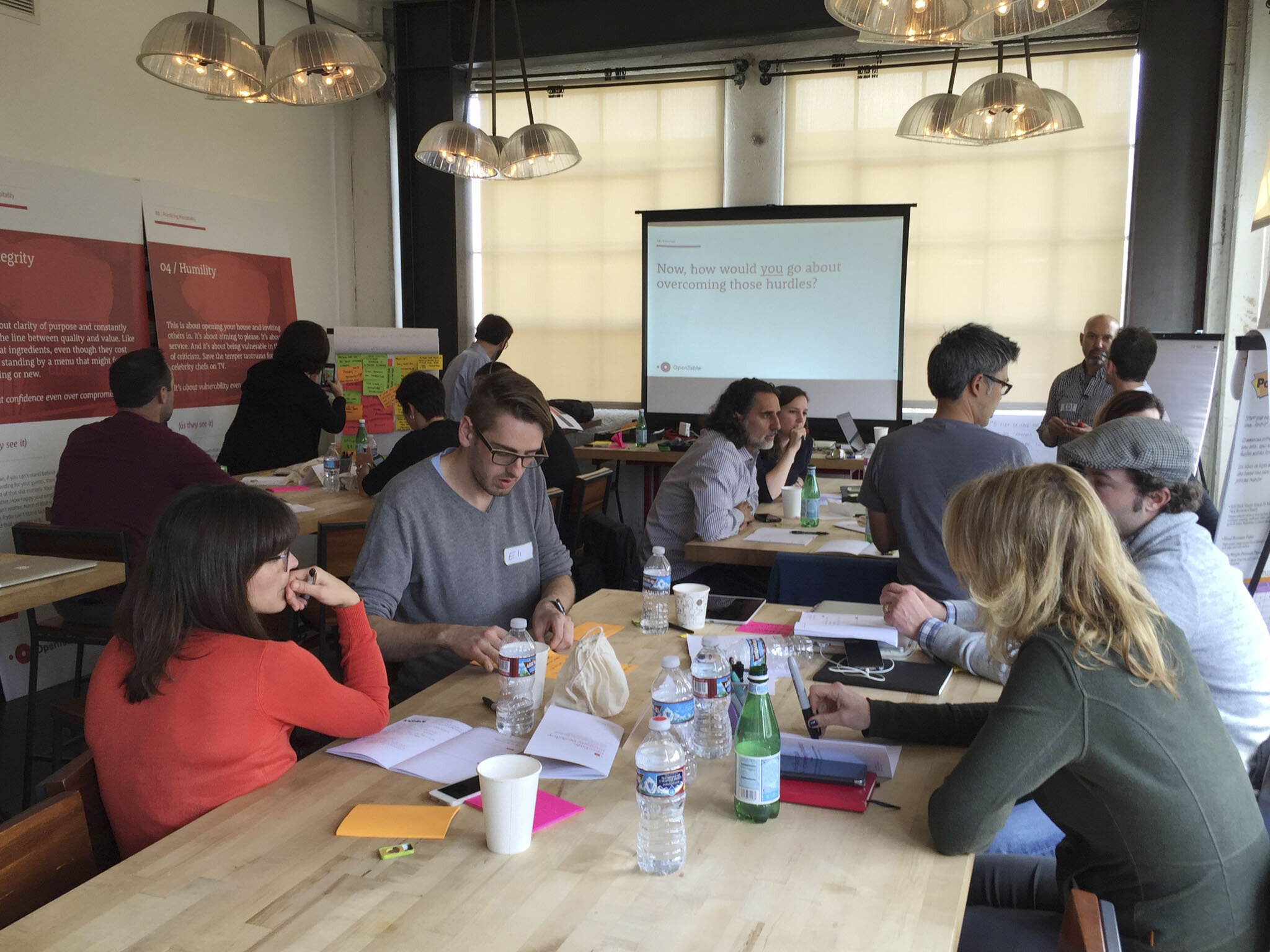

The more we looked at it, and the more we unpacked the data, the more we realized that you could build simple, clear emotional segmentation around five distinct ‘types’—all of whom have different needs that OpenTable was uniquely well-suited to meet. And, as we started socializing this new approach to understanding (and engaging with) customers, things suddenly started taking on a ton of momentum. Where previously, the company had taken a one-size-fits all approach to product and communications, now everything from feature prioritization, email marketing, and customer support comms could be custom-crafted based on a clear understanding of a specific customer and segment need. Seriously, it was like a bunch of bare filament Edison bulbs (of course) going off every time we walked out of a conference room after a meeting. And while there’s still work to be done, it has been super-gratifying to see our approach to segmentation start to take hold?
“Rudi has an insatiable curiosity, and the ability to home in on the most important details. The work we did together was both effective and fun. It led to concrete deliverables like customer segmentation, new websites, and product marketing videos. And it contributed to a renewed sense of purpose across the organization.”
Alisa Weiner, VP of Restaurant Marketing
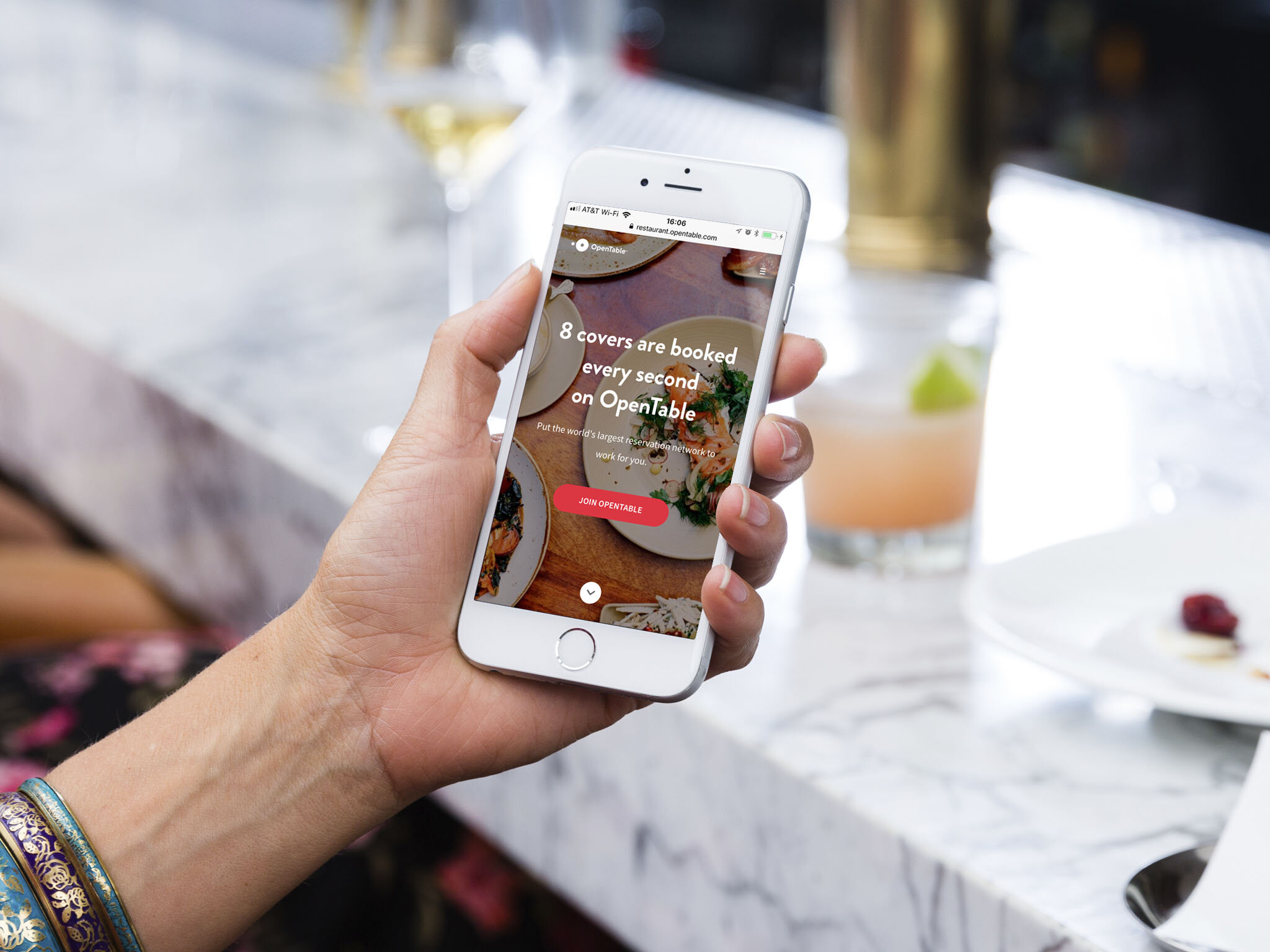


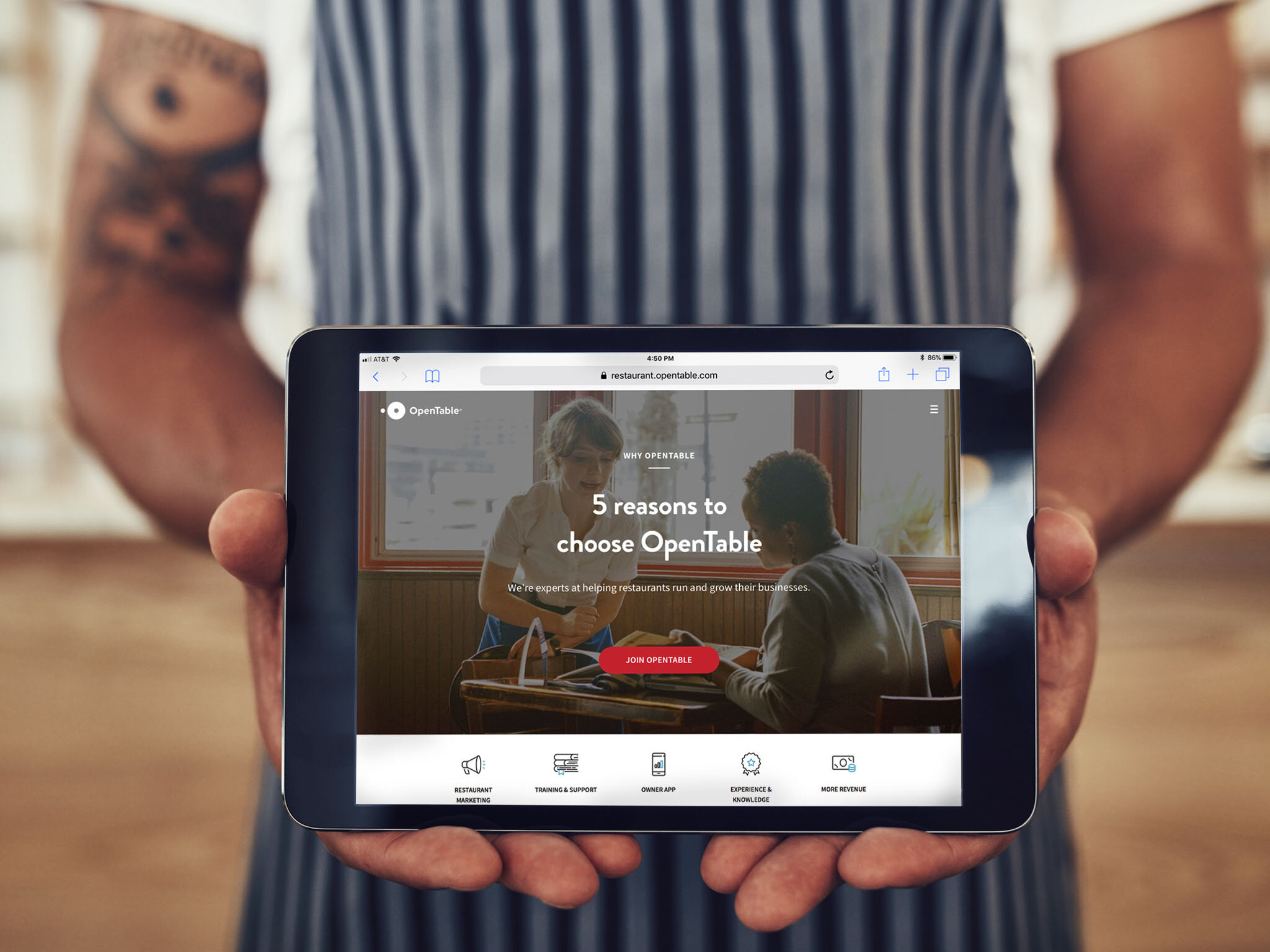
The Work
—
Getting the story straight.
With insights in hand, segmentation sorted, and a high level messaging framework at the ready, we shifted gears to execution. The immediate problem became: how do we get 600 people on four continents on board and firing away with these new tools?
Of course, time was of the essence—as the battle for hearts and minds in the restaurant space had started heating up and GuestCenter was finally ready for prime time. To speed up the process, we embedded ourselves within the company for several months of our engagement—spending what our client ingeniously dubbed ‘Office Hours’ every Tuesday and Thursday from 12:00-5:00 at their San Francisco headquarters. During that time, we took what we learned from our insights and workshops and helped the rank and file understand it and execute on it. And, together, we and our host of collaborators set about crafting new ways to tell the OpenTable story in an audience-informed fashion. With a relatively pithy and pointed messaging framework in-hand, we hammered out everything from site messaging and direct response campaigns, to strategic frameworks for content marketing and industry events—all the while, serving as a sounding board for folks on the Product team as they explored new features and functionality targeted at solving the particular needs of each of our segments.

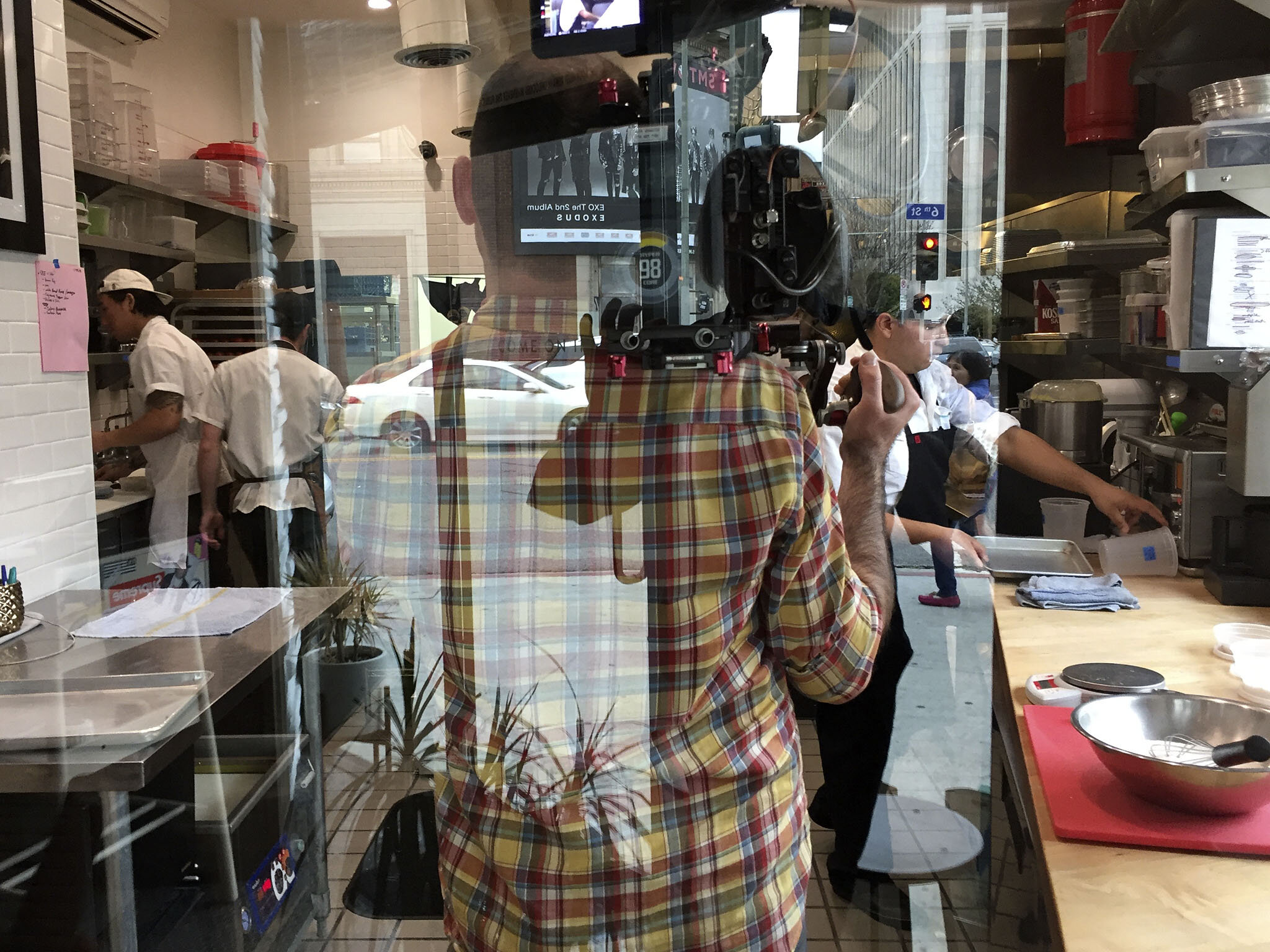
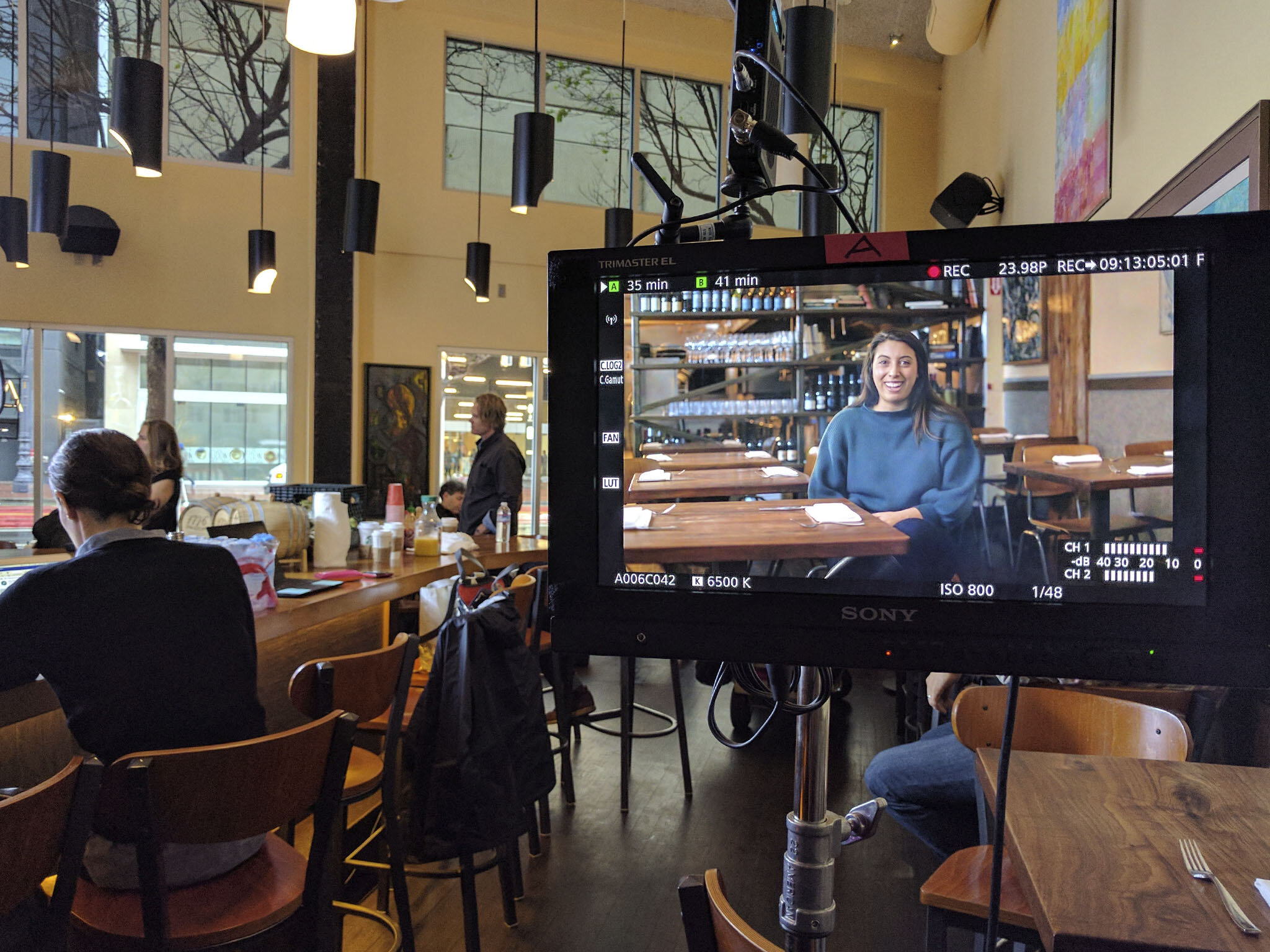
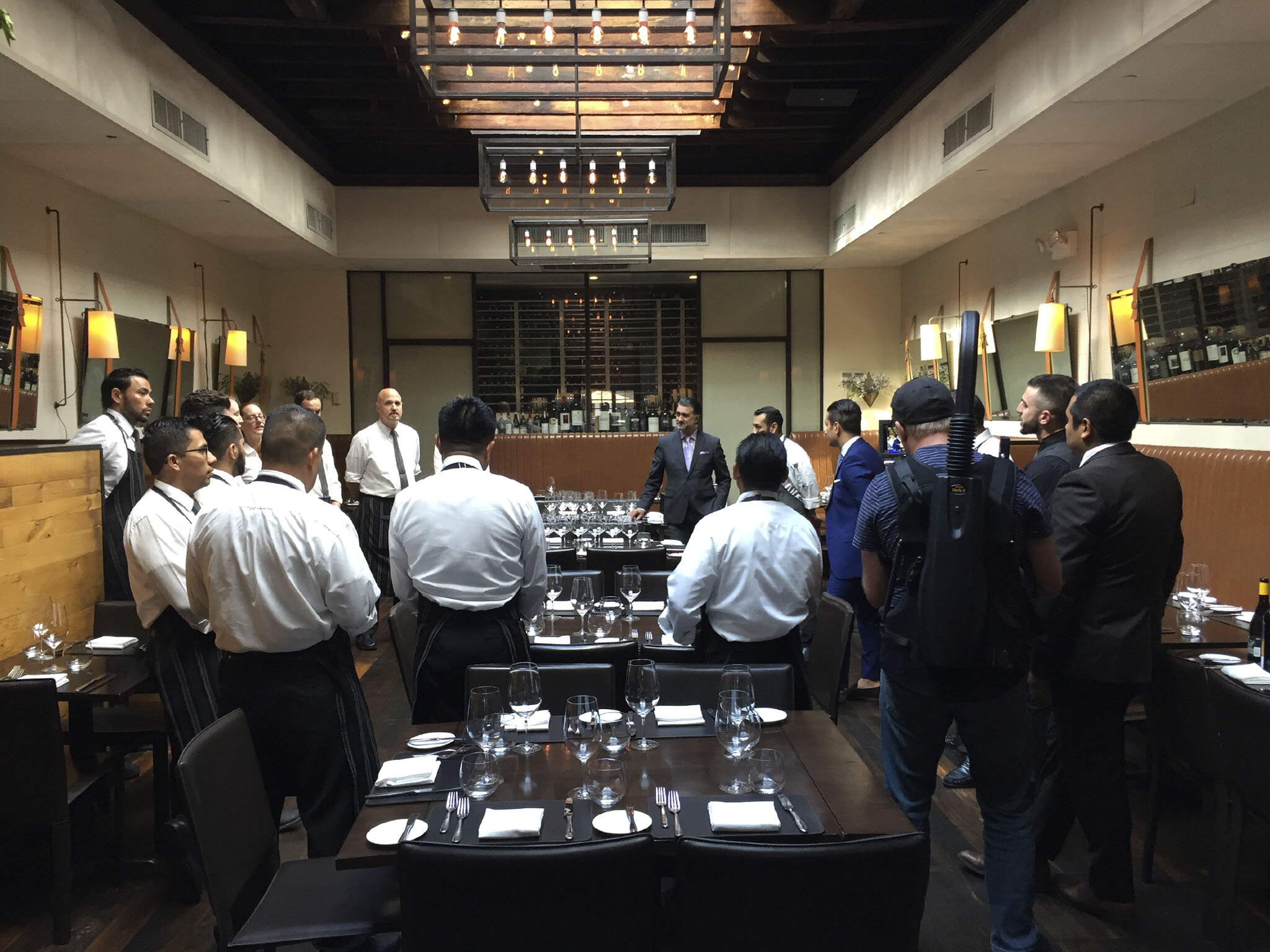
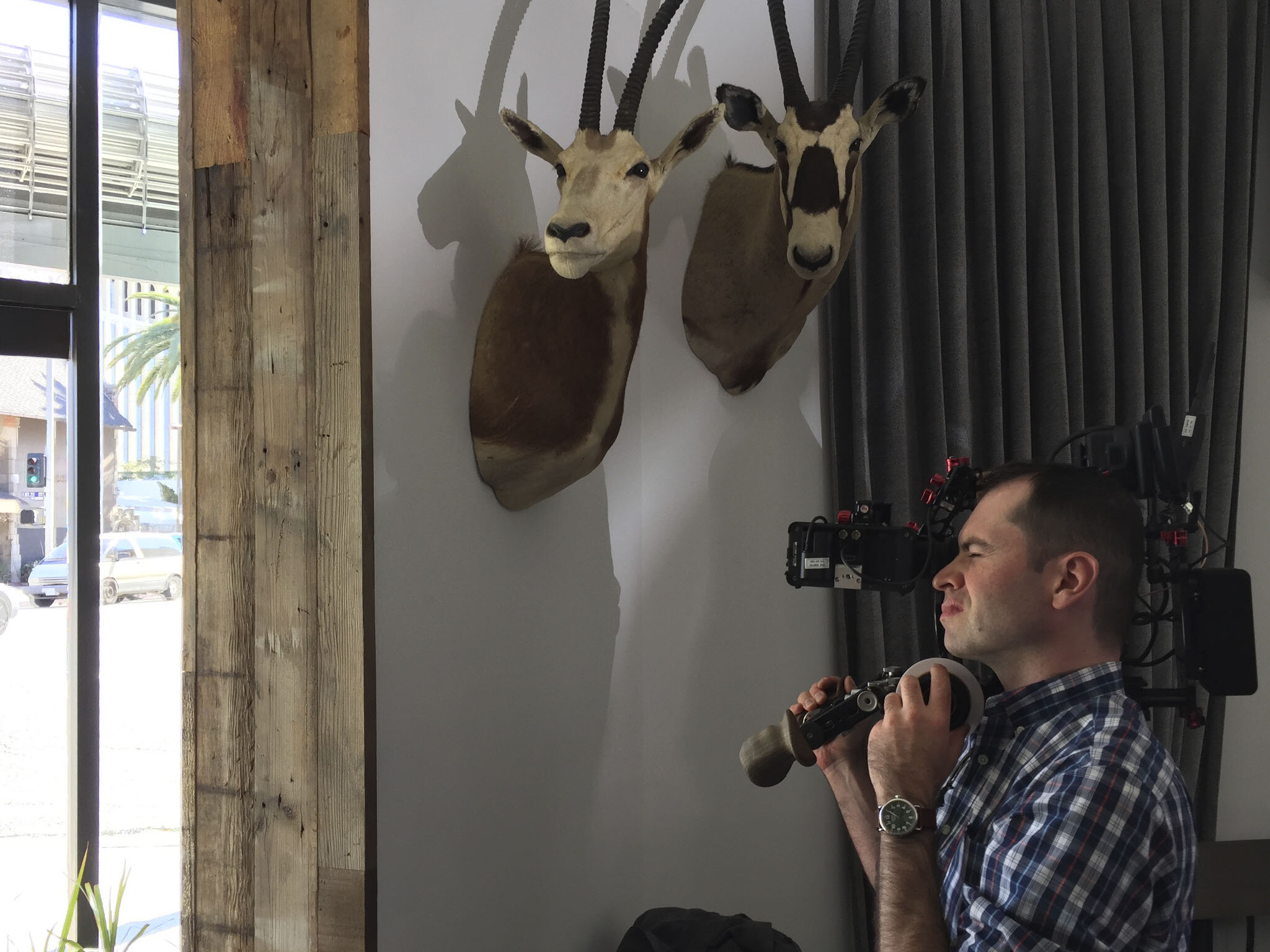
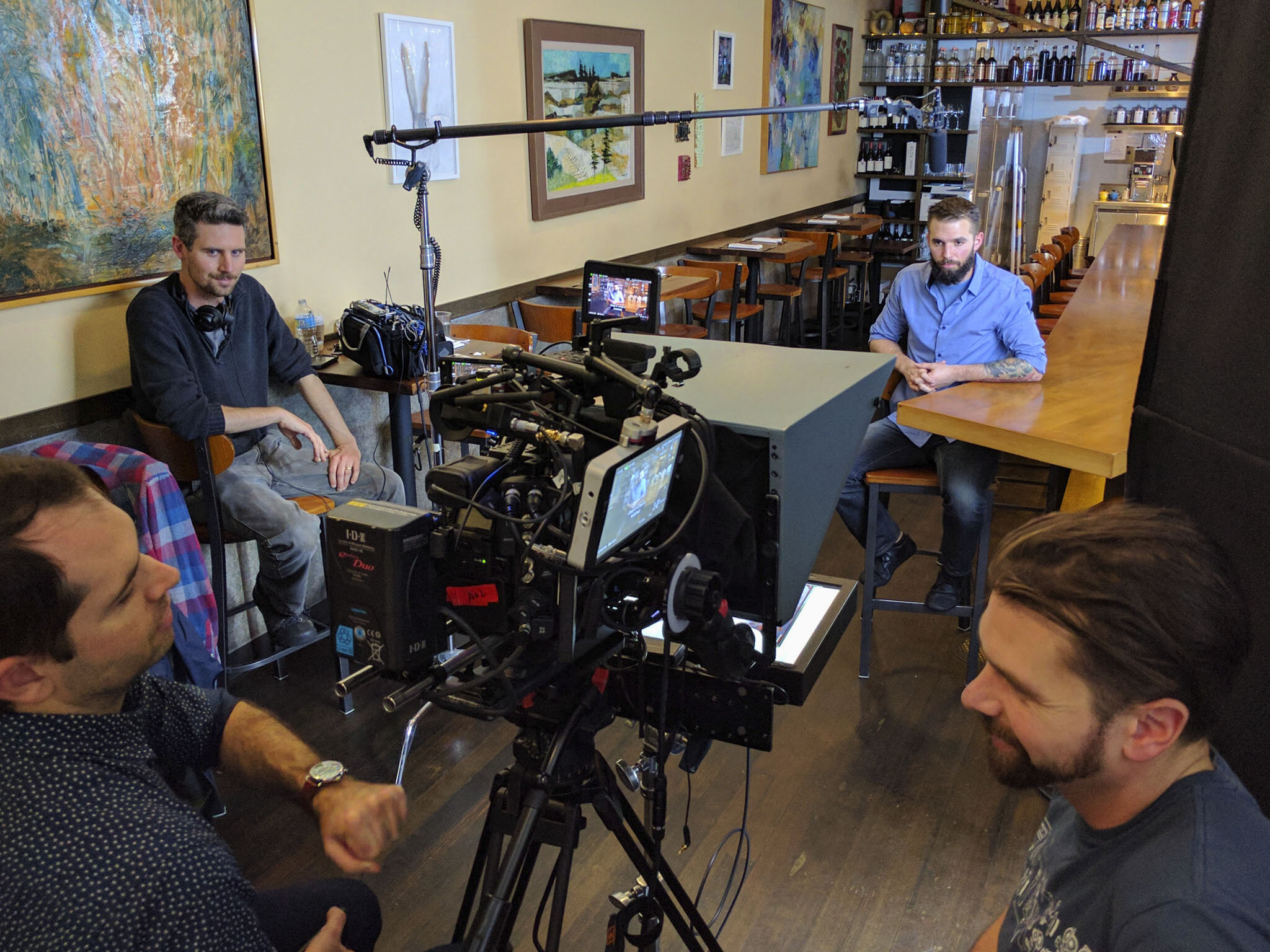
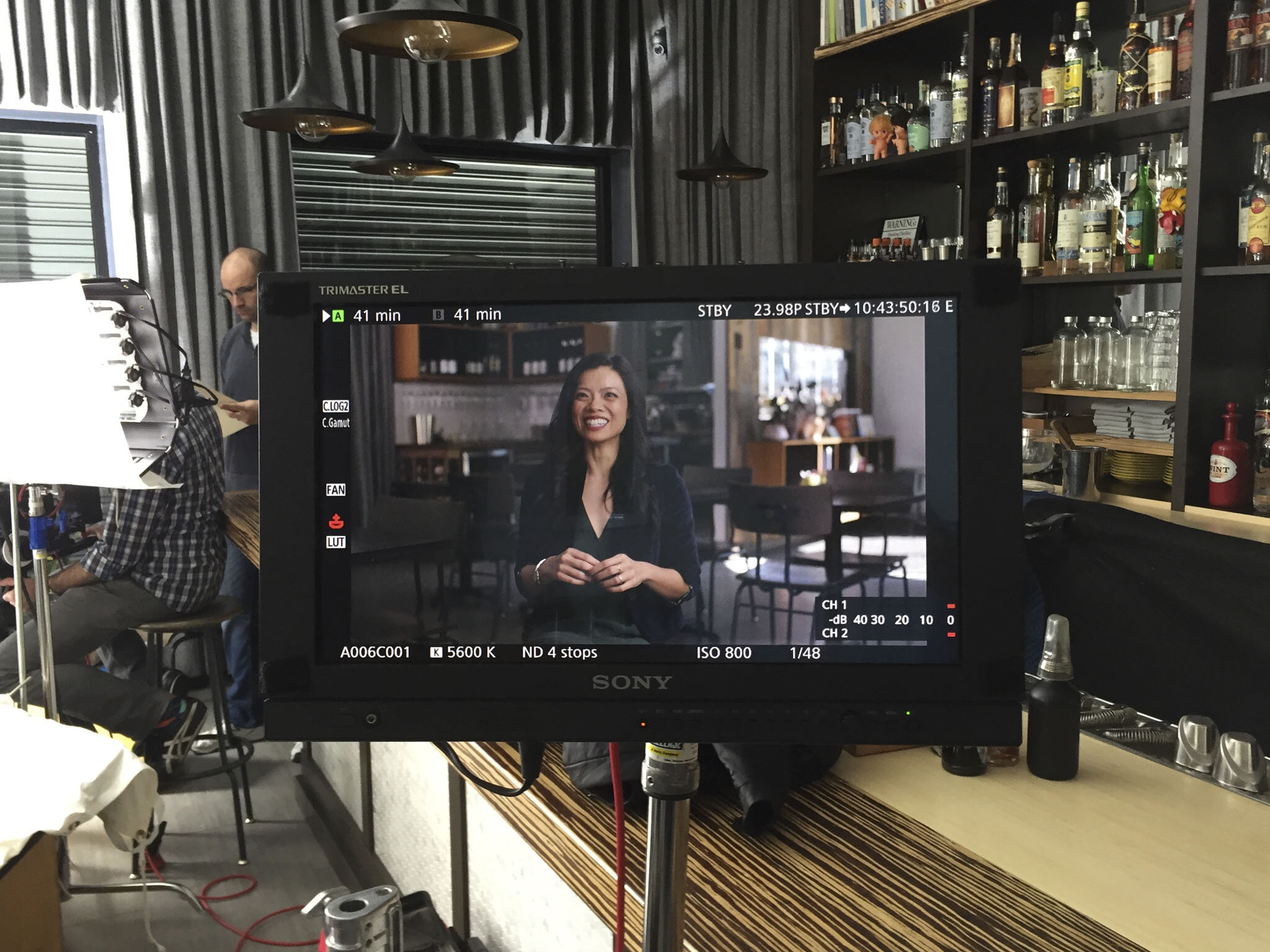


The most public manifestation of OpenTable’s new vision was their restaurant-facing websites (starting in the US, and also launched in the UK, Australia, Germany and Japan). They needed a simple and compelling way of signaling the real value of GuestCenter, the company’s all new, cloud-based product offering. Working closely with the Opentable marketing team, and the smart, hard-driving crew at Fantasy Digital, we evolved the value proposition, brand voice, imagery, and site architecture. The existing versions were a convoluted patchwork of buzzword-heavy, feature-centric, me-me-me marketing messaging–all hidden behind a intimidating lead-gen forms. Not the best user experience, to say the least. And not the best way to shine a bright light on the groundbreaking innovation already well underway within the company.
Lastly, to bring things around full circle (and show the wider world that OpenTable actually does understand the dish-shattering pace of real restaurants), we brought in our pals Danny Nieder, Jesse Dana, and Donavan Sell to shoot a series of short-form documentaries about folks in hospitality biz using GuestCenter to delight their guests, streamline their operations, and reach more diners. They told true stories in an honest way that reflected OpenTable’s renewed commitment to delivering unique value to restaurateurs, while at the same time highlighting the benefits of exclusive new features only available on the cloud-based product offering.
Telling the OpenTable Story
Through the Stories of Real Restaurants on the Platform
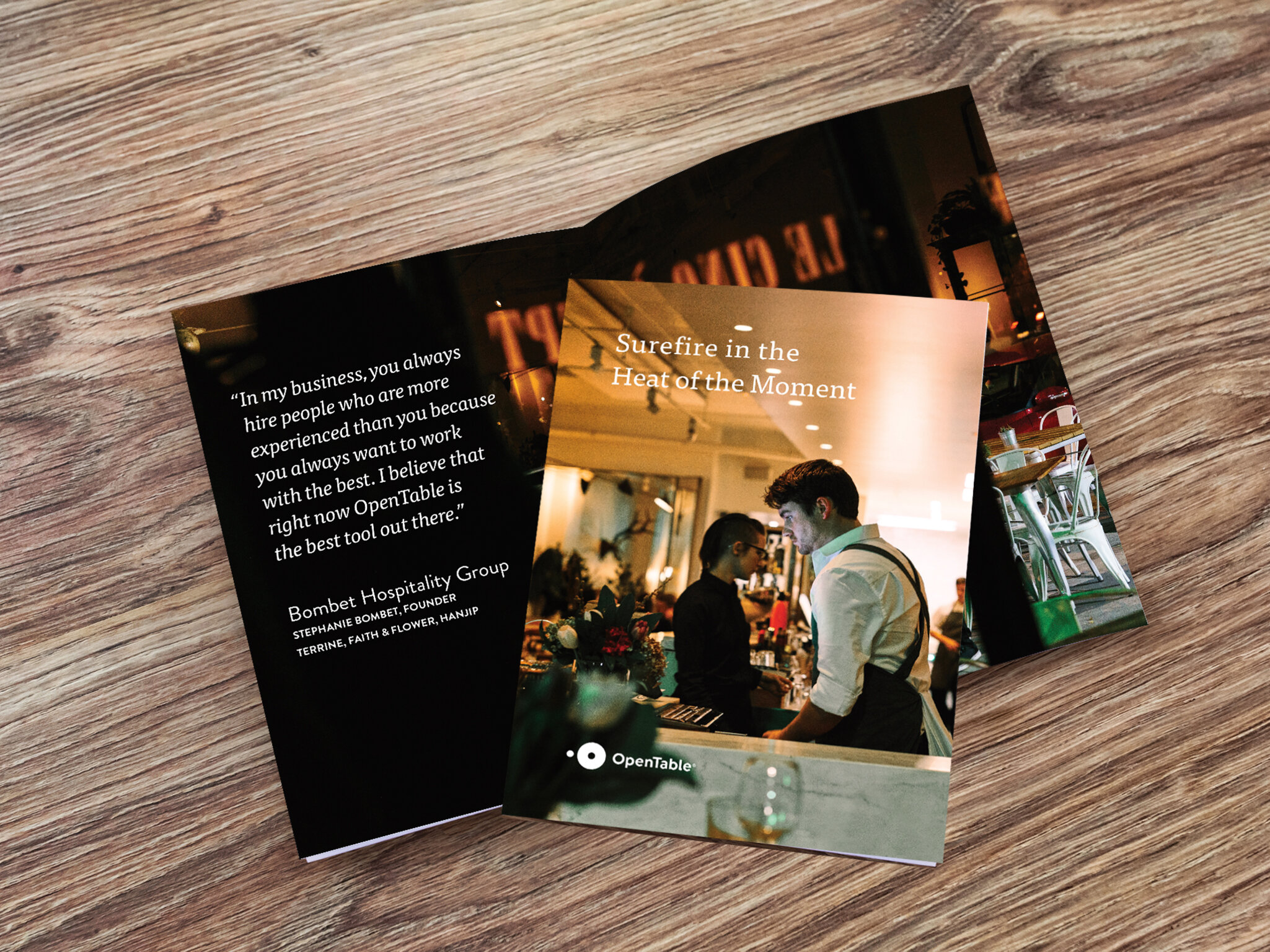
The Ending
—
Just an amuse-bouche.
Having gone so deep with our pals at OpenTable (and having built up so much shared history with our compatriots and drinking buddies within the company), it was a bit tough to step away from this one. Sure, there were plenty of speed bumps along the way—so many moments of ‘Holy shit, how the hell are we going to pull this off?’ But we can’t say enough about how gutsy they were—staring down the challenge of transforming an 18-year-old incumbent into a nimble, attentive, user-led organization striving to build tools to help restaurateurs delight their diners and grow their businesses. Like any good story, this one is still very much a (very satisfying) work in progress.
Can’t wait to see what’s for dessert…
What We Did
